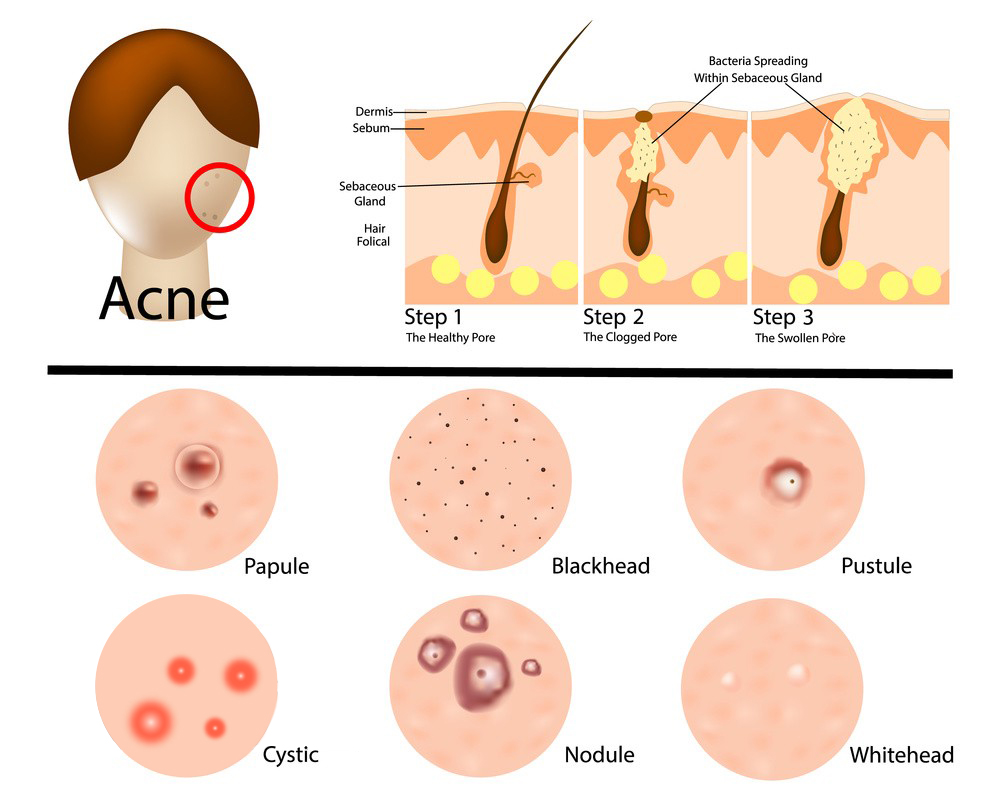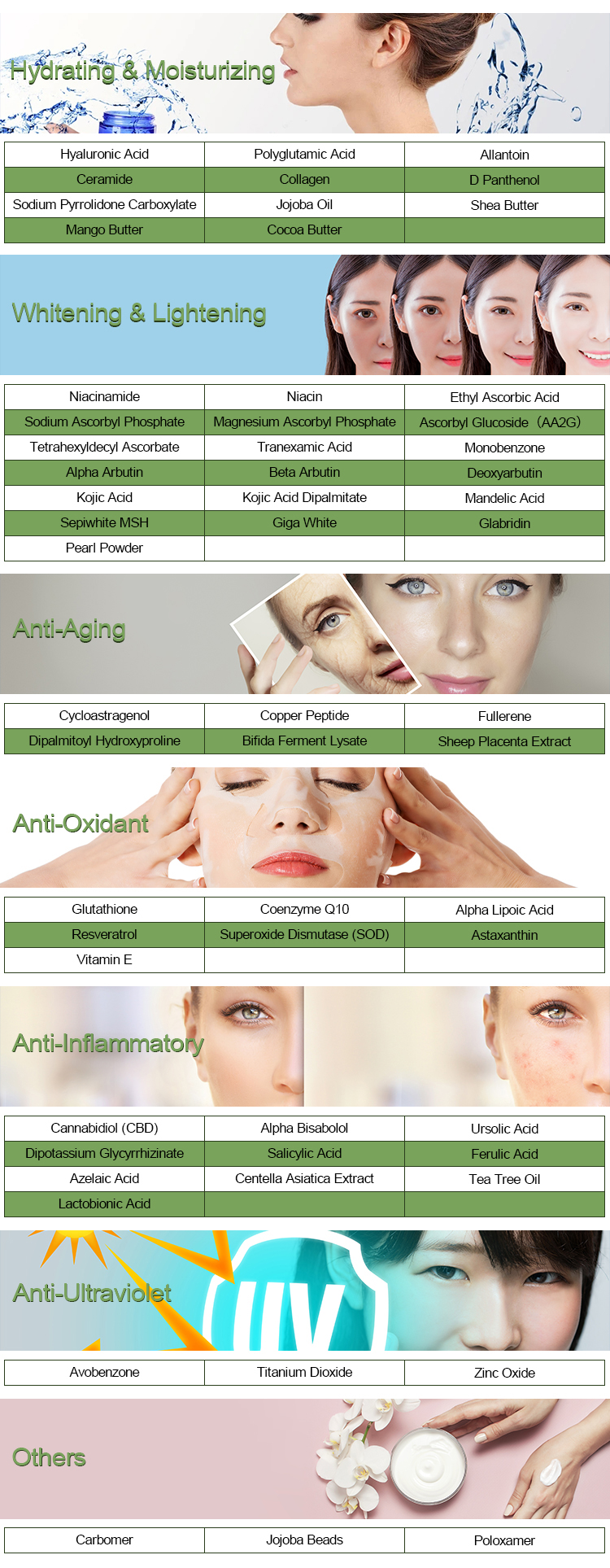Azelaic acid is a naturally occurring organic compound with a variety of applications in medicine, skincare, and industry. Here’s a comprehensive overview of its properties, uses, and research:
1. Chemical Structure:
- Azelaic acid, also known as nonanedioic acid, has the chemical formula C9H16O4.
- It is a saturated dicarboxylic acid with a straight carbon chain of nine carbons.
- Its structure contains two carboxylic acid groups, which are responsible for its acidity.
2. Natural Occurrence:
- Azelaic acid is found in wheat, rye, and barley, as well as in the skin of some animals, such as goats.

3. Medical Uses:
- Acne Treatment: Azelaic acid is FDA-approved for the treatment of mild to moderate acne. It works by reducing inflammation and killing acne-causing bacteria.
- Rosacea Treatment: It is also used to treat rosacea, a skin condition characterized by facial redness and visible blood vessels.
- Hyperpigmentation: Azelaic acid can help reduce skin discoloration and hyperpigmentation, making it useful for conditions like melasma.
- Hair Loss: Some research suggests that azelaic acid may be beneficial for androgenetic alopecia, a common form of hair loss.
4. Dermatological Uses:
- Azelaic acid is commonly used in skincare products, including creams and gels, for its anti-inflammatory and exfoliating properties.
- It can improve skin texture, reduce the appearance of fine lines and wrinkles, and promote an even skin tone.
5. Mechanism of Action:
- Azelaic acid exerts its effects by inhibiting the growth of Propionibacterium acnes, reducing keratin production, and normalizing the skin cell turnover rate.
- It also has anti-inflammatory properties, which can help in reducing redness and swelling in skin conditions.
6. Side Effects:
- Common side effects include skin irritation, burning, and itching, especially when starting treatment.
- Allergic reactions are rare but possible, and individuals should perform a patch test before using azelaic acid extensively.
7. Research Areas:
- Ongoing research explores the potential of azelaic acid in other medical conditions and skincare products.
- Research is being conducted to better understand its mode of action and its effectiveness in treating various skin disorders.
- The development of azelaic acid-based formulations with improved stability and efficacy is a subject of study.
8. Over-the-Counter and Prescription Products:
- Azelaic acid is available in various formulations, including gels, creams, and foams.
- Some products containing azelaic acid may be available without a prescription, while others, especially at higher concentrations, may require a prescription.

In summary, azelaic acid has a range of medical and dermatological uses, with ongoing research to explore its potential in other areas. If you are considering using azelaic acid for a specific condition, it’s important to consult a healthcare professional or dermatologist to determine the most suitable treatment plan and product concentration.
